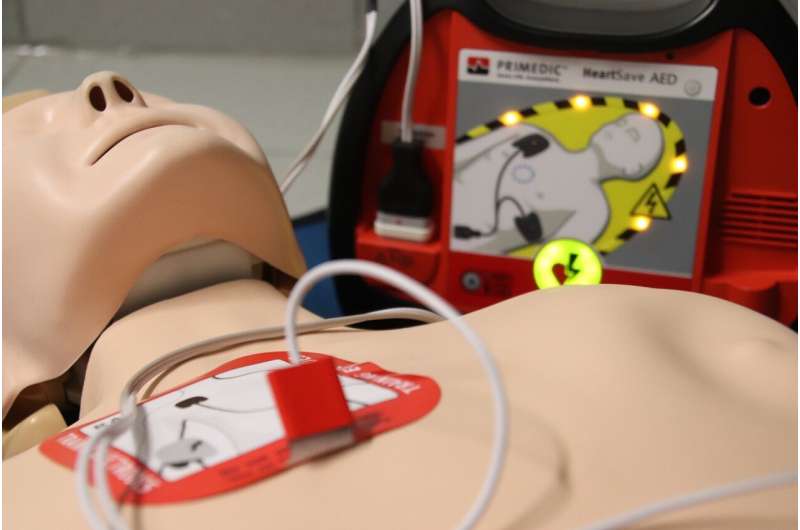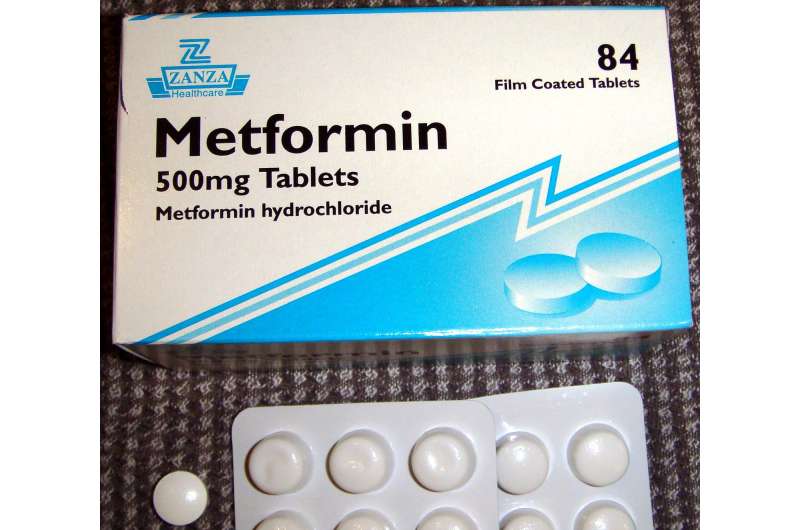Innovative AI Tool Ensures Accurate Digital Pathology by Detecting AI Hallucinations

A groundbreaking AI tool called AQuA enhances digital pathology by autonomously detecting hallucinations in virtual stained tissue images, ensuring reliable diagnoses and advancing trustworthy AI in medicine.
Tissue analysis is fundamental in medical diagnostics, aiding in identifying conditions like cancer by highlighting cellular features through chemical staining methods such as hematoxylin and eosin (H&E). Traditionally, this process involves physically applying dyes to thin tissue slices, which, although effective, is time-consuming, destructive, and resource-intensive. In recent advancements, virtual staining powered by artificial intelligence (AI) offers a revolutionary alternative. This method digitally creates images that mimic chemically stained tissues from label-free autofluorescence microscopy data, enabling faster, cost-efficient, and scalable diagnostics while preserving tissue samples for further testing.
However, AI-generated images, like those from virtual staining, can sometimes produce hallucinations—artificial features or distortions that are not present in the real tissue. Such inaccuracies can mislead pathologists, compromising diagnostic precision.
Addressing this critical challenge, researchers led by Professor Aydogan Ozcan at UCLA, in collaboration with pathologists from USC and Hadassah Hebrew University Medical Center, have developed an autonomous image quality assessment system named AQuA (Autonomous Quality Assessment). This cutting-edge tool detects subtle hallucinations in digitally stained tissue slides independently, without relying on compare-to-ground-truth images, outperforming even experienced pathologists in identifying artifacts.
"With AQuA, we are adding a digital layer of trust to AI-generated medical images," Ozcan explained. "It functions as a second opinion, tirelessly reviewing virtually stained tissue slides to ensure accuracy and safety for diagnosis."
Published in Nature Biomedical Engineering, AQuA employs an innovative approach by running iterative image translation cycles between the autofluorescence and H&E domains, amplifying inconsistencies. These sequences are examined by multiple neural networks acting as digital judges for image quality and hallucination detection, making the process swift, adaptable, and applicable across various tissue types and pathology settings.
Extensive testing on human kidney and lung biopsy samples demonstrated AQuA’s impressive accuracy rates of 99.8% and 97.8%, respectively, in distinguishing high- and low-quality virtually stained images. Notably, it also achieved over 98% agreement with certified pathologists and even surpassed them in some cases when identifying realistic hallucinations that lacked ground truth.
Beyond virtual staining, AQuA also effectively assesses conventional stained tissue slides, automatically detecting common staining artifacts encountered in clinical workflows. As AI integration in digital pathology deepens, tools like AQuA are essential for quality assurance, ensuring AI-generated images are reliable for clinical decision-making. This technology marks a significant step toward trustworthy, scalable AI applications in medical diagnostics.
Source: https://medicalxpress.com/news/2025-06-digital-opinion-autonomous-ai-hallucinations.html
Stay Updated with Mia's Feed
Get the latest health & wellness insights delivered straight to your inbox.
Related Articles
Decline in Cardiac Arrest Survival Rates During Early COVID-19 Years
A recent study reveals that COVID-19’s early years led to decreased survival rates for out-of-hospital cardiac arrests, with notable racial and ethnic disparities persisting through 2022. Learn about the impact and ongoing challenges.
Study Finds GLP-1 Diabetes Medications May Lower Dementia Risk Compared to Metformin
New research suggests GLP-1 receptor agonists may be more effective than metformin in lowering dementia risk among individuals with type 2 diabetes, potentially leading to updated treatment guidelines.
Vaccine Access Challenges Persist for Seniors Amid Rising COVID-19 Cases
Rising COVID-19 cases and evolving federal policies are creating barriers for seniors to access vaccines, leading to frustration and increased health risks amid ongoing pandemic waves.



